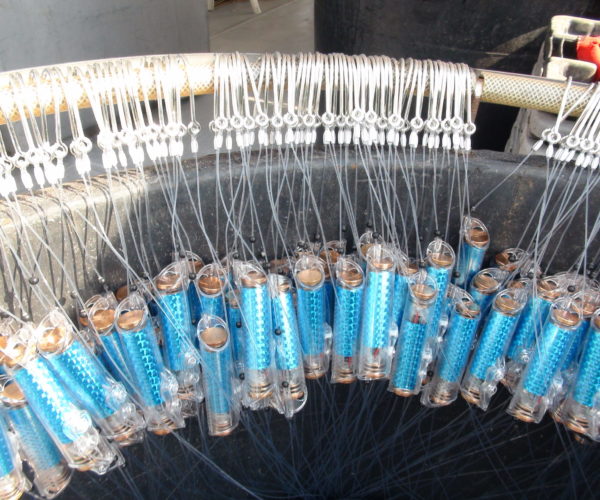Oceanic sharks & ray populations have declined >70% in the last 50 yrs. ExeterMarine lecturer Dr Phil Doherty recently published an exciting paper using a […]
Tag: Bycatch
Shark Awareness Day: Eye of the Tiger – Conducting Landing Surveys in Sri Lanka
For Shark Awareness Day 2019 we have been to talking to some of our elasmobranch (that’s sharks, skates and rays) researchers! Here, University of Exeter […]

